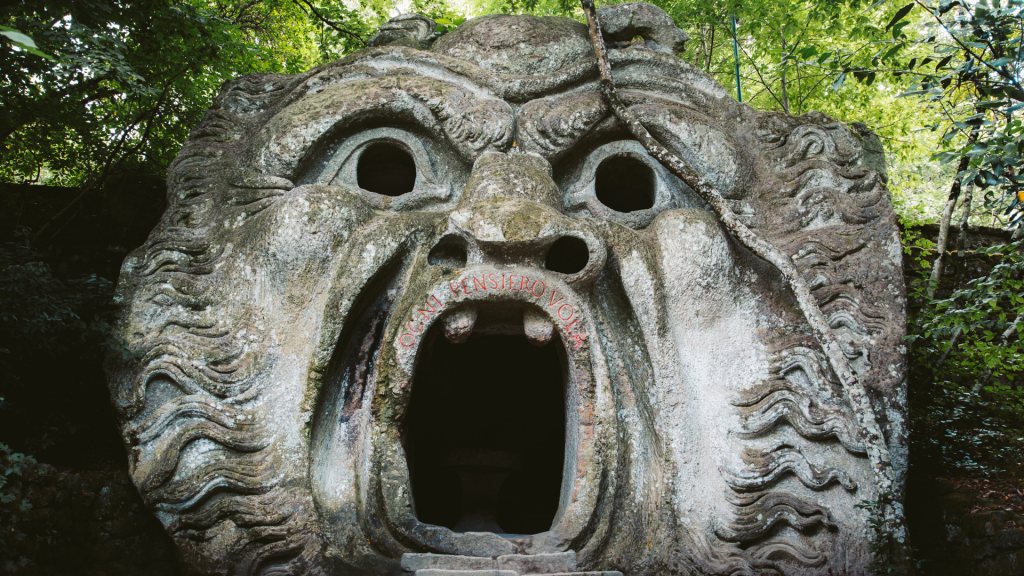OUR RECOMMENDATIONS
RELAXING DAY
Agreement with Terme dei Papi – Discount on day or evening admission and 10% off treatments at the Wellness Center.
You can spend a pleasant day at Terme dei Papi in the pool or take advantage of the beauty and cosmetic treatments offered by the center.
You can also enjoy, free of charge, the benefits of the sulfurous waters at the natural “Carletti” pools and at the Bullicame springs.
Or you can visit other thermal locations such as:
- Tuscia Terme, in a splendid park just minutes from Viterbo;
- Terme del “Bagnaccio” on the road to Lake Bolsena;
- Terme Oasi on the road to Lake Bolsena, opposite the “Bagnaccio”.
A STROLL IN THE CENTER
After walking and shopping through the streets of the center, you can relax in the little squares near our properties, stopping at trattorias, restaurants, cafés, shops selling typical products, chocolateries, and artisan gelaterias.
You can sip excellent local wines, international beers, taste typical delicacies, and enjoy live music here and there.

CULTURAL STAY
For those who wish to visit the historical, artistic, and landscape treasures of Tuscia, guided tours of Viterbo and the surrounding towns are available on request.
In addition to a visit to our city, we can arrange a tailor-made itinerary according to guests’ preferences: nature spots, Etruscan, Roman, medieval, and Renaissance sites.
EVENTS AND SHOWS
TUSCIA OPERA FESTIVAL – July – August
A cultural, media, and tourism event. Concerts and performances (including at night and at dawn).
Symphonic concerts and opera.
PROCESSION OF THE “MACCHINA DI SANTA ROSA” – 3 September, 9:00 pm
The city’s most evocative and famous event, unique in the world, held every 3 September since the 13th century: the “transport of the Macchina di S. Rosa,” a tower about 30 meters high weighing roughly 5 tons, carried through the streets on the shoulders of 100 men called the “facchini” of S. Rosa.

SANTA ROSA FAIR
Usually the day after the transport of the Macchina.
LUDIKA 1243 July
Medieval re-enactment festival.
TUSCIA FILM FESTIVAL July
Film screenings with appearances by actors, screenwriters, and directors. Each year the “Pipolo Award” is presented in honor of a well-known director from Viterbo.
TUSCIA IN JAZZ
Concerts held in Viterbo and other towns in the province.
EST FILM FESTIVAL
Municipality of Montefiascone.
VIA FRANCIGENA
The Tuscia section follows the staged itinerary that led pilgrims from Canterbury to Rome.
BOTANICAL GARDEN
Managed by the Faculty of Agriculture of the University of Tuscia, where you can see plants from every ecosystem.
TEATRO DELL’UNIONE DI VITERBO theater season (October to March)
Recently restored, the Teatro dell’Unione in Viterbo hosts theater events each year; during the months from March to October it also stages major productions with top Italian actors.
FERENTO AMPHITHEATER summer season
In the splendid setting of the Roman amphitheater of Ferento, a few kilometers from Viterbo, a rich summer theater season takes place every year—events and shows not to be missed.
PLACES TO VISIT
HISTORIC CENTER
Staying at B&B Viterbo Antica places you right along the path of Viterbo’s medieval development.
CATHEDRAL (DUOMO)
The Cathedral of San Lorenzo stands on the hill known as the Duomo, where the city of Viterbo originated. The Romanesque church replaced a pagan temple dedicated to Hercules, in 1192, the year of its consecration.
Sixteenth-century façade and Tuscan-Gothic bell tower.
PAPAL PALACE
The city’s most iconic monument, completed around 1266 at the initiative of Captain of the People Raniero Gatti. Its construction reflects Viterbo’s ambition to rival Rome as the center of Christendom and to become the residence of Popes (Clement IV, Gregory X, John XXI, Nicholas III, Martin IV).
The Palace hosted numerous conclaves, including that of 1271 for the election of Gregory X—the longest in the Church’s history.
The façade, preceded by a wide staircase and topped with battlements, opens with six mullioned windows framed in relief. Completing the perspective is a splendid loggia with seven arches, supported by slender paired columns that interlace to form an elegant entablature.
PONTE DEL DUOMO
Built on Etruscan foundations; nearby are the Torre di Messer Bramando, with a graceful mullioned window, and the small Romanesque church of Santa Maria in Carbonara.
To the right of the bridge stands Palazzo Farnese, built in the 15th century, with an elegant courtyard; the façade features a double order of mullioned windows decorated with Farnese lilies.
PIAZZA DELLA MORTE
Home to one of the oldest fountains, dating back to the early 1200s.
Nearby is the loggia of Palazzo di San Tommaso (13th century), with arches supported by massive pillars.
SAN PELLEGRINO
The city’s symbolic medieval quarter, formed by 13th-century districts—among the best preserved in Italy.
On the central square stands Palazzo degli Alessandri (13th century), distinguished by a large loggia resting on a low semicircular arch. Little squares, lanes, arches, towers, and “profferli” (typical external stairways) create a uniquely fascinating scene.
CHURCH OF THE GESÙ
(Namesake square) dating back to the early 1000s, with a simple façade surmounted by a bell gable and two archaic lions. In March 1271 it was the site of the brutal revenge killing of Henry of Cornwall, nephew of the King of England, by Simon and Guy de Montfort—an episode recalled by Dante in the Inferno.
In the small square, a 17th-century fountain and the medieval Torre del Borgognone.
PIAZZA DEL PLEBISCITO
The city’s administrative and political center.
In its 15th-century makeover, the Palazzo dei Priori—seat of the municipality—features a noble floor where the Sala Regia can be visited, with late-16th-century frescoes on the origins of Viterbo. Inside the central portico, an elegant courtyard with a 17th-century fountain and a belvedere over the Faul Valley.
Opposite stands the church of S. Angelo in Spata of ancient Romanesque origins, extensively remodeled in the 16th–17th centuries. On the façade is a copy of the Roman sarcophagus known as the “Bella Galiana”.
JUST OUTSIDE VITERBO: HIGHLIGHTS OF THE AREA
SAN MARTINO AL CIMINO
The 17th-century village is dominated by the abbey church and the Doria-Pamphili Palace. The church is the most spectacular testimony of an ancient abbey built by the Cistercians of Pontigny at the start of the 13th century.
VILLA LANTE
Four kilometers from Viterbo lies Bagnaia, a medieval village famous for the celebrated Villa Lante, one of the masterpieces of Renaissance art, an exaltation and synthesis of 16th-century splendor.
The Villa consists of the two famous twin palazzine, Gambara and Montalto, and is surrounded by an enchanting Italian garden with numerous fountains and water features—a harmonious and evocative ensemble. A park extending over several hectares where you can spend tranquil, relaxing moments immersed in nature.

PALAZZO FARNESE IN CAPRAROLA
One of the most precious jewels of Renaissance architecture and among the most renowned monuments of Tuscia in Italy and abroad. The vast terraced garden-park with fountains includes a delightful “palazzina vignolesca” by Jacopo del Duca.
Also visit the Baroque church of Santa Teresa, a masterpiece by Rainaldi (1620).
“PARCO DEI MOSTRI” IN BOMARZO
The Sacred Wood lies about 1 km from the village on the slope below Palazzo Orsini, a jewel of Renaissance architecture by Baldassarre Peruzzi.
The Villa of Wonders—better known as the Park of the Monsters of Bomarzo—was designed by the architect Pirro Ligorio (who completed St. Peter’s after Michelangelo’s death and created Villa d’Este in Tivoli) for Prince Pier Francesco Orsini, known as Vicino, “only to unburden his heart” after the death of his wife Giulia Farnese. The “monsters” are carved from volcanic stone boulders scattered throughout the park, following the suggestions of the local landscape.
It is one of the most singular tourist destinations in Tuscia.

CIVITA DI BAGNOREGIO
Civita di Bagnoregio is a unique natural wonder. Linked to the world only by a long, narrow bridge, the “Dying City” (so called for the slow erosion of its tuff cliffs) contains a cluster of medieval houses and a tiny population. Poised on a hilltop, the town dominates the vast valley below, offering visitors an enchanting, unforgettable view.

LAKE BOLSENA
Lake Bolsena is the navel of Italy. Set among beautiful Lazio, Umbrian, and Tuscan landscapes, this volcanic lake is the largest in Europe. Numerous villages line its shores—the most picturesque include Capodimonte, Marta, Montefiascone, and Bolsena.
Within the lake lies Bisentina Island, a place of rare beauty and charm, enriched by wildlife and lovely internal gardens.
LAKE VICO
Formed about 700,000 years ago after the collapse of the Vico volcano, the lake covers 12 km² at an altitude of 507 meters a.s.l. It sits at the center of a nature reserve that can be explored on foot, on horseback, by mountain bike, or by off-road vehicle. Visit the wetlands and the trails of Mount Venere or Mount Fogliano, covered with tall turkey oaks and ancient depressed beech forests.
TUSCANIA
On the edge of the Viterbo Maremma, between Viterbo, Lake Bolsena, and the Tyrrhenian Sea, in one of the most fertile areas of Tuscia.
The symbol of Tuscania is the hill of San Pietro, home to two renowned Romanesque churches: San Pietro and Santa Maria Maggiore at the foot of the hill.
Significant continuous human settlement dates to the Etruscan period, as evidenced by the numerous surrounding necropolises—the most famous being Madonna dell’Ulivo.
ETRUSCAN CITIES
The land of Tuscia is full of places where the Etruscans left the traces of their civilization.
TARQUINIA
The quintessential Etruscan city, whose world-famous tombs preserve the most ancient wall paintings of Italic civilization. The present-day town stretches, overlooking the Tyrrhenian Sea, on the hill opposite the one where the ancient Civita once stood. Palazzo Vitelleschi houses one of Italy’s most important archaeological museums.
VULCI
Vulci … “something unsettling, something very beautiful” (Lawrence).
The Vulci Archaeological Park is nature, archaeology, traditions, and culture. The François Tomb, the Pellicone lake, and the museum in the Badia Castle make it an ideal place to spend a day in the natural-archaeological park of Vulci.
The Etruscan city of Vulci (Etruscan Velcha) lies on the border with Tuscany, about 90 km northwest of Rome. It rose a short distance from the sea on the right bank of the Fiora River, on a volcanic plateau in an area now uninhabited. The National Museum is housed in the Badia Castle; it displays finds from excavations in the city and its necropolises.
FERENTO
Along the Pian di Cerro road (in Viterbo) you reach the ruins of the Roman city of Ferento. The best-known and most important monument is the Augustan-period theater, brought to light by excavations begun in the 20th century. The construction is generally dated to the 1st century AD, though some scholars believe parts of its structure date back to the Etruscan period. In summer the theater hosts a traditional drama season.
CASTEL D’ASSO
A few kilometers from Viterbo, where the two valleys carved by the Risecco and Freddano streams meet, lies the rock-cut necropolis of Castel d’Asso (4th–2nd centuries BC), rich in tombs hewn in tuff. The name derives from the Roman city of Axia, built on the site of an ancient Etruscan settlement.
NORCHIA
The settlement stood along the Via Clodia on a narrow plateau at the confluence of the Pile and Acqualta streams into the Biedano torrent. Norchia offers a priceless example of unique Etruscan rock-cut tombs from the 5th–2nd centuries BC.
“Perhaps the most striking site in the whole range of Etruscan cemeteries,” wrote George Dennis.
MUSEUMS
MUSEO DEL COLLE DEL DUOMO
Piazza San Lorenzo, tel. 0761 325462
NATIONAL ETRUSCAN MUSEUM
Rocca Albornoz, Piazza della Rocca, tel. 0761 325929
CIVIC MUSEUM
Piazza Crispi, tel. 0761 348276
Museo dei Portici – Palazzo dei Priori
PALAZZO BRUGIOTTI CERAMICS MUSEUM
Via Cavour, tel. 0761 346136
MUSEUM OF THE SODALIZIO DEI FACCHINI DI SANTA ROSA
Via San Pellegrino, tel. 0761 345157
BOTANICAL GARDEN
Strada Santa Caterina (Bulicame), tel. 0761 352566
RECOMMENDED RESTAURANTS
L’Archetto
Via S. Cristoforo 1 (Via Saffi)
tel. 0761 325769
Ciuffo
Piazza della Cappella, 4
tel. 0761 1567611
Magnamagna Trattoria
Via S. Lorenzo, 89
tel. 329 8054913
